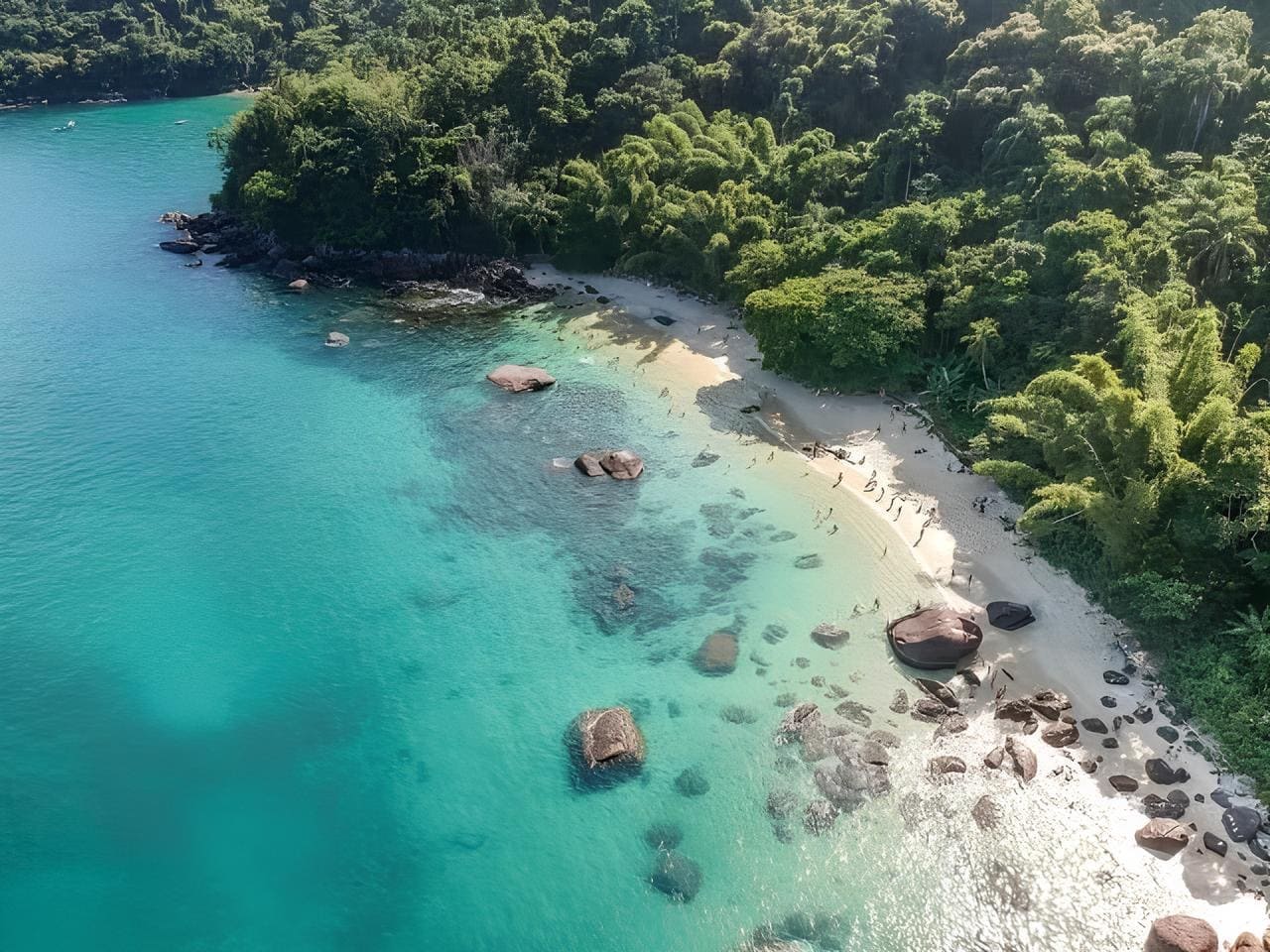
SÃO PAULO
Ubatuba: Um Paraíso no Litoral Norte de SP para Explorar com Todos os Sentidos
Ubatuba é uma daquelas joias escondidas entre montanhas verdes e o azul intenso do mar que conquista logo nos primeiros minutos de visita. Localizada no

Ubatuba é uma daquelas joias escondidas entre montanhas verdes e o azul intenso do mar que conquista logo nos primeiros minutos de visita. Localizada no

Guia Completo para Turistas e Viajantes São Paulo é uma metrópole vibrante onde arranha-céus modernos contrastam com praças arborizadas, museus de renome internacional e um